Pine Straw: The Perfect Mulch for Gardening and Landscaping
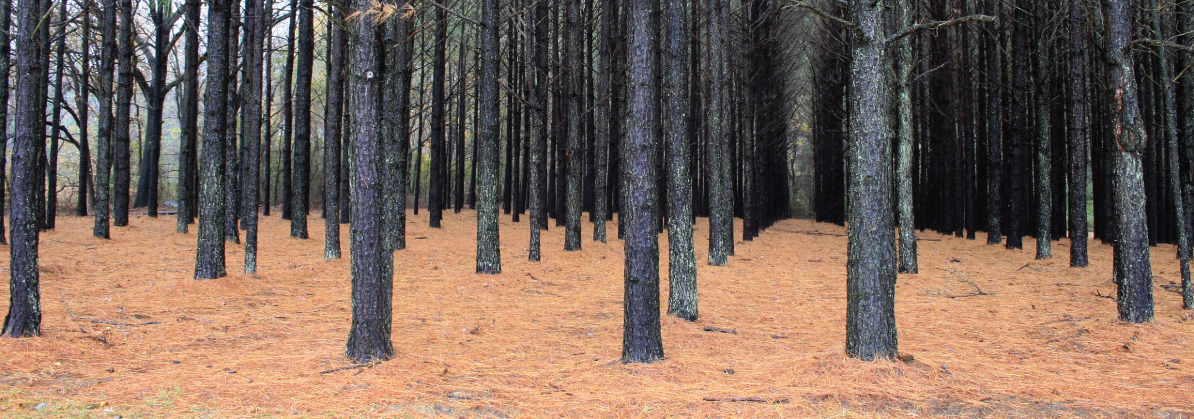
For many people, pine needles are simply a pesky, prickly nuisance that must be dealt with when cleaning up the Christmas tree or raking under the scotch pine in their front yard. However, pine needles have a lot of uses—some a little unconventional and others quite functional. They can be used to produce essential oils, natural soaps and household cleaners along with tea, tinctures and dyes. Varieties of long-leaf pines produce needles that can even be woven into baskets. Here at Tractor Tools Direct we are most familiar with their use as landscaping and gardening mulch—also known as pine straw.
What is pine straw?
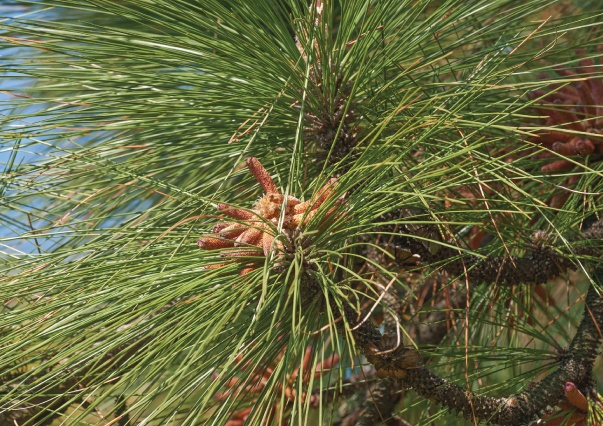
If you’ve ever driven through the forested countryside of the southeastern United States, you’ve more than likely been awed by the vast, majestic pine stands that grace the landscape. These pine trees, though evergreen, go through a leaf shedding process very similar to their deciduous counterparts. However, since they shed the previous year’s growth while the current year’s growth remains, this shedding is not as obvious.
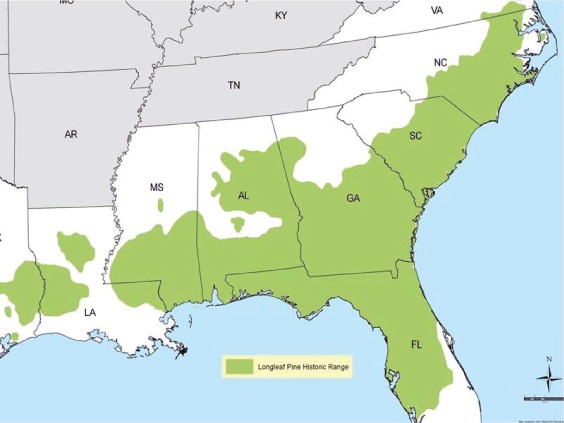
The most common pines of the southeastern United States are of the longleaf, slash and loblolly varieties. With lengths from nine to fourteen inches, the needles produced by these trees can be raked, cleaned of debris and baled, either by hand or machine, and marketed to landscapers and gardeners as pine straw. The bales produced can be round or square in shape weighing from twelve to forty pounds depending upon density. Machine-produced bales tend to be more compact.
What are the uses of pine straw?
The most common use of pine straw is as mulch in landscaping and gardening. Already used widely in the southeastern US due to its proliferation, pine straw is gaining popularity in other parts of the United States as well.
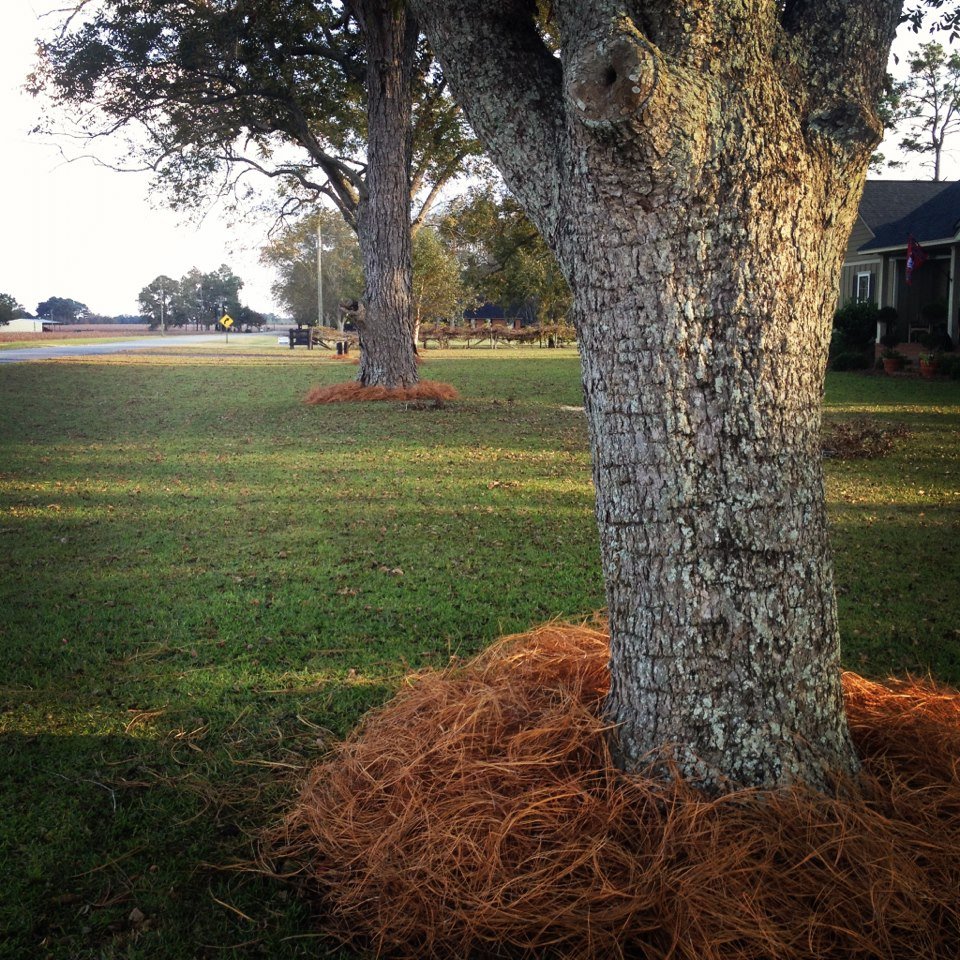
As a rule, pine straw can be used in a similar manner to wood mulch. It can be applied to gardens and landscaping beds to reduce weeds and maintain moisture levels. It can also be spread around the bases of trees to thwart weeds and thus reduce damage from mowers and trimmers. Pine straw’s uniform color and fine texture also creates a visually appealing groundcover around garden benches and trellises, along footpaths and between raised beds.
Pine straw also lends itself well to less obvious uses. The propensity of pine needles to knit or mat together makes pine straw the perfect ground cover for slopes and hillsides since it will not easily blow, wash or slide away. In cold temps, pine straw can be piled over tender perennials to protect them from freezing. The domed needles create a mini greenhouse effect which warms the soil and protects the roots and can be easily pulled away in the spring.
Why pine straw?
Pine straw performs like wood mulch in many ways; however, it also provides many unique benefits. Much like wood mulch, pine straw, applied as a ground cover, prevents evaporation of moisture, slows weed growth, prevents erosion, and stabilizes soil temperatures. As it decays it also provides nutrients and improves soil fertility.
In a lot of ways though, pine straw cannot be rivaled when it comes to mulching performance. Compared to wood mulch, particularly cyprus mulch which is produced by grinding up whole trees, pine straw is more environmentally friendly. Pine trees are not cut down to produce the straw. Their needles are simply harvested from the forest floor.
Furthermore, since pine straw acidifies the soil as it breaks down, it is perfect for use around acid-loving plants like rhododendron, blueberry, azalea and holly. This acidification is not to be a concern around other plants however since the level is no higher than that created by normal rain water. These slightly increased acidic conditions can also reduce some plant diseases. One grower swears by pine straw use in strawberry patches to reduce fungus and mold growth.
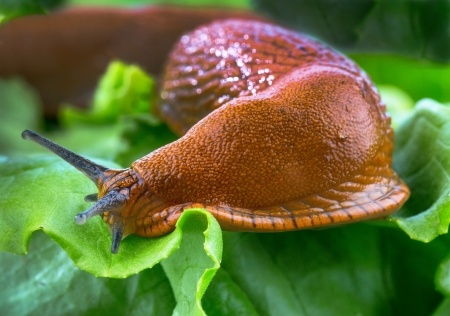
Another benefit of pine straw over wood mulch is the fact that it is less dense and does not compact as easily. This allows for better percolation of water to the soil beneath and minimizes water run-off. In super wet conditions, pine straw’s “fluffiness” aides in air circulation thus helping to maintain optimal soil moisture levels.
Pine straw can also serve as a natural repellent to unwanted critters in the garden. The slightly acidic smell and prickly texture deters voles, moles, slugs and even cats and dogs. Furthermore, when considering the type of mulch to use in landscaping beds or gardens that butt directly up to houses, barns or other wooden structures, one should keep in mind that pine straw does not attract termites as do some wood mulches.
Pine straw is also an economical choice. Because a typical pine straw bale covers a larger area than a bag of wood mulch, pine straw is generally the least expensive of mulches. This is especially true when added to the fact that pine straw breaks down more slowly than bark materials and will not need to be replaced as often.
How is pine straw applied?
One definite perk of pine straw is its ease of application. The bales are relatively light weight when compared to bags of wood mulch and are easy to maneuver and distribute. When deciding how much pine straw to purchase, it is important to keep in mind that 3 cubic feet of straw generally covers 60 square feet at 2-3 inches of depth.
As a rule, pine straw should be applied annually; however, if being used for decorative purposes, a biannual application will keep it looking fresh and more visually appealing. Though pine straw can be applied at any time of the year, applying it in the spring decreases weeds, heats the soil and increases soil tilth. The latter is especially true if some straw is gently forked into the soil reducing compaction and increasing oxygenation. A fall application can provide protection for root systems in freezing temperatures.
Before spreading straw, the bed should be cleared of debris and weeded. At this time, a weed preventer of choice can be applied. An initial distribution of straw should be about 3 inches in thickness in regular soil and up to 5 inches in dry, sandy soils. Annual reapplications should require little more than an inch per year. Don’t worry if the straw seems too fluffy at first. The straw will quickly settle especially after the first rain. Be sure to wear a thick pair of gloves—pine straw is quite prickly and can irritate the skin!
To protect trees and shrubs, try to keep the straw 2-3 inches from their bases. This will prevent rot and reduce the chances of rodents making their way to the bark for a tasty treat. To give your bed a more finished look, spread the straw just beyond the bed edge and slightly roll the edges with a rake or leaf blower.
What does pine straw have to do with Tractor Tools Direct?
Tractor Tools Direct customers are familiar with our high-quality compact hay-baling equipment. However, many are not aware that this equipment can also be used by pine straw producers. The same qualities that make our equipment perfect for the tight paddocks of a small farm make it perfect for the narrow tree rows of a pine plantation.
Many pine straw producers are making the switch from manual baling to mechanized tractor-powered balers. The impetus for this shift comes from an increasing difficulty in finding labor and an ever-increasing demand for their product. Producers are finding it more economical and efficient to invest in mechanized equipment.Tractor Tools Direct’s Ibex TX31 Mini Round Balers with Net Wrap are the perfect answer to the pine straw industry’s demands. Though many pine straw customers and retailers are accustomed to the small 15 to 20 pound square bales that are produced by the typical manual box baler, those who have begun selling round bales are finding them to be their bale of choice.
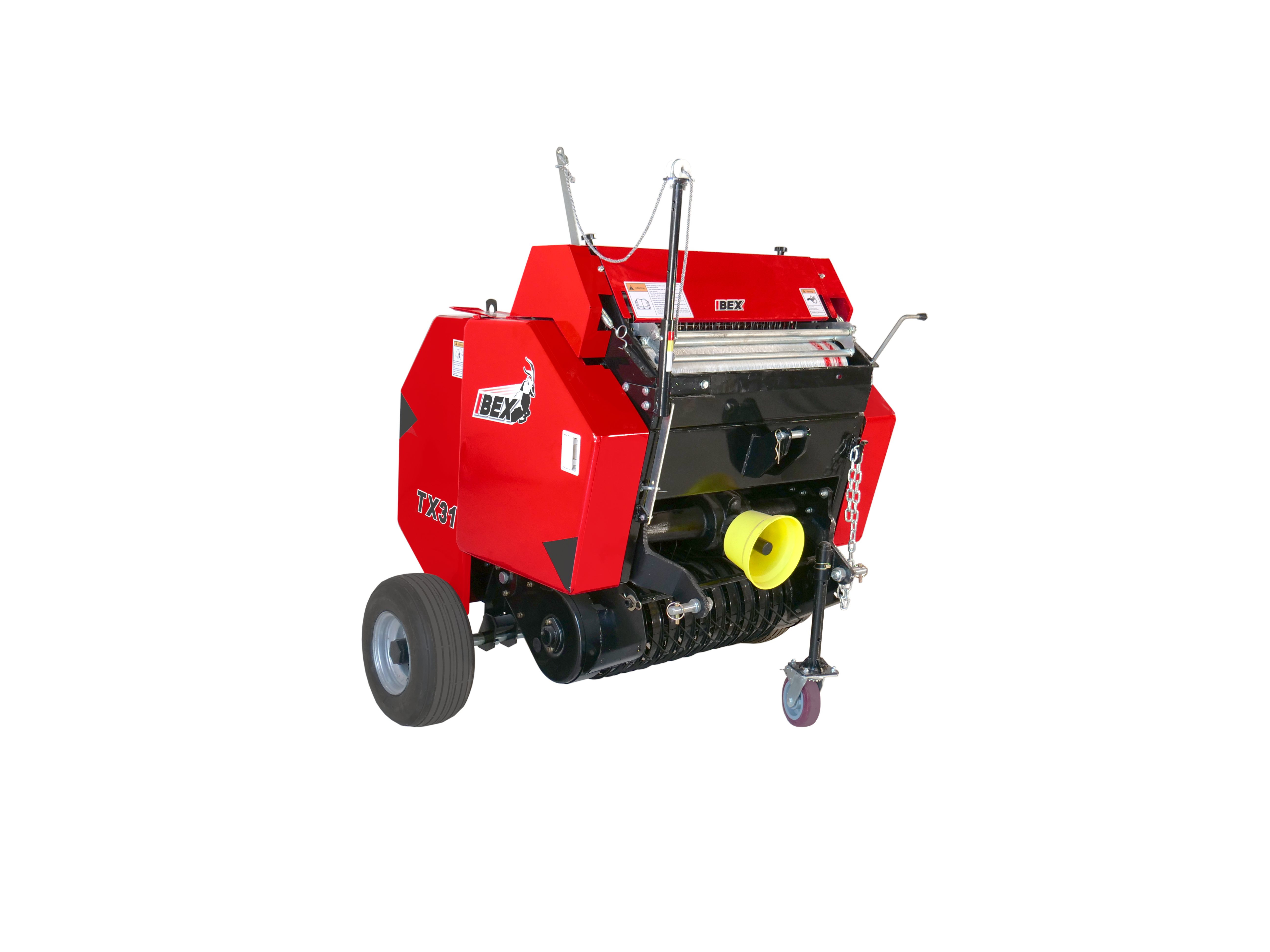
The bales produced by an Ibex TX31 Mini Round Baler with Net Wrap weigh approximately 35-40 pounds, making them easy to handle. Their cylindrical shape allows them to be simply rolled out onto landscaping beds and makes them far more efficient to apply than square bales. Net-wrapped bales do not shed needles the way the square bales do, resulting in less material loss during transportation. Furthermore, retailers, especially those of the big box stores, tend to find the sleek, clean look of round net-wrap bales to be more appealing to their customers.
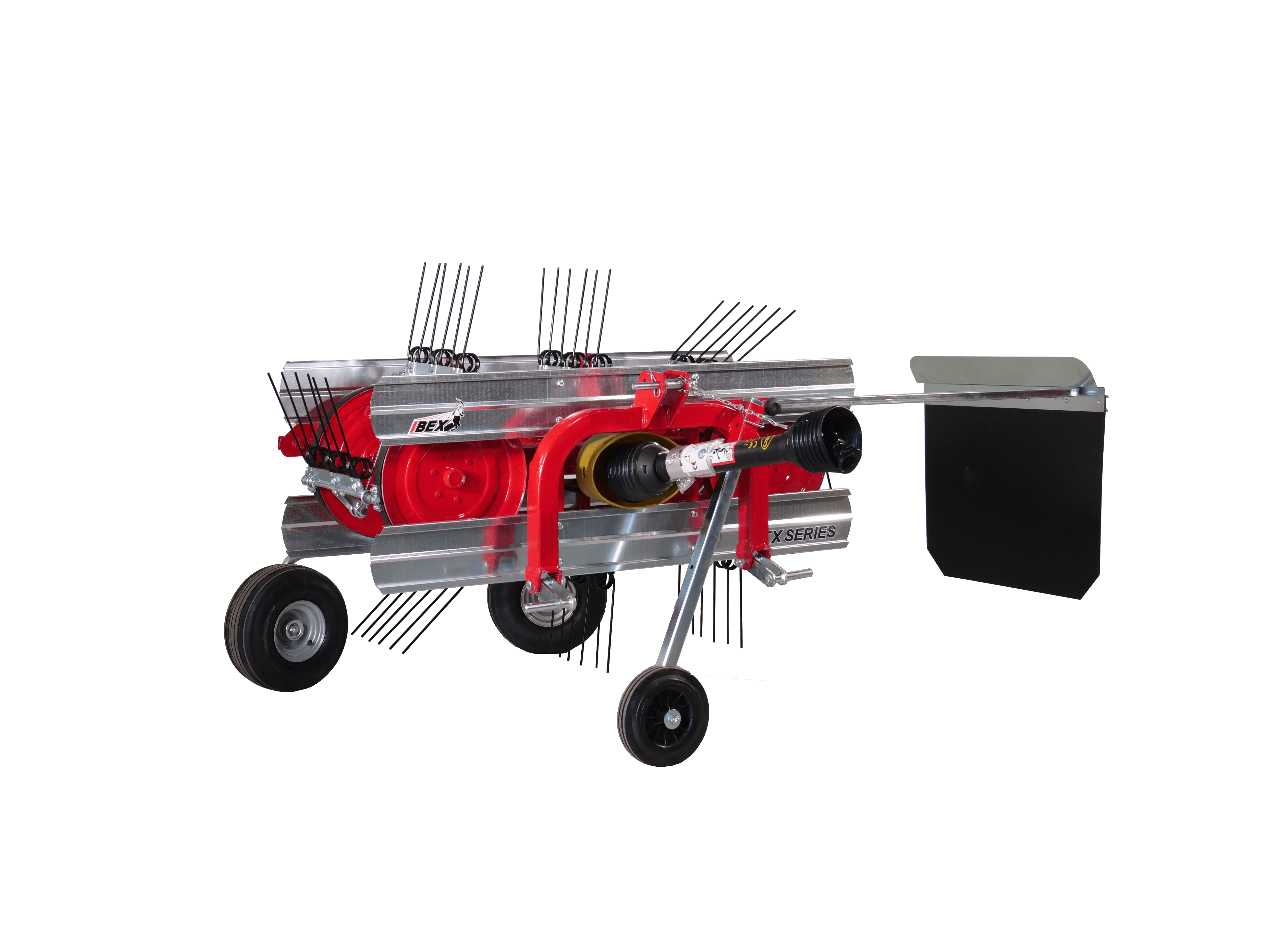
The perfect complement to a pine straw baler is Tractor Tools Direct’s Ibex TX80 Belt Rake. This rake can be used in the restricted spaces of a pine plantation to mechanically prepare the windrows necessary for baling. Producers are finding that these machines greatly increase their production and reduce their dependence on the ever-dwindling supply of manual labor necessary for raking by hand.
In conclusion, pine straw, an abundant product of the southeastern United States, is a superior choice for landscape and garden maintenance. Its ability to reduce weeds and control soil moisture levels while providing a visually appealing ground cover is unrivaled. The pine straw industry is definitely one to watch in the upcoming years, and Tractor Tools Direct will continue to support it with our inventory of high-quality pine straw baling equipment.
Sources:
“Custom Pine Straw.” The Many Uses of Pine Straw, custompinestraw.com/many-uses-for-pine-straw.html.
“GardenerScott.” What To Do With Pine Needles, gardenerscott.blogspot.com/2010/12/what-to-do-with-pine-needles.html.
Grant, Bonnie L. “Pine Straw Mulch Uses – Learn About Pine Straw Mulch Application.” Gardening Know How, 31 July 2016, www.gardeningknowhow.com/garden-how-to/mulch/pine...
How to Use Pine Straw, www.lowes.com/projects/lawn-and-garden/how-to-use...
Maslowski, Debra, et al. “Pine Needles are Useful: Here Are 15 Ways to Use Them.” DIY Natural, 30 Dec. 2015, www.diynatural.com/pine-needles/.
Pine Straw Advice – everything you want to know about pine straw (Pinestraw and pine needle) mulch, www.pinestrawadvice.com/.
“The Uses of Pine Needle Mulch.” Home Guides | SF Gate, homeguides.sfgate.com/uses-pine-needle-mulch-48381.html.
Recent Posts
-
Why Buy Your Baler from Tractor Tools Direct? Quality, Innovation, and Support You Can Count On
We know you can purchase equipment elsewhere, but at Tractor Tools Direct, we’ve bui …Jul 17th 2025 -
Haymaking for Horse Owners: What You Need to Know
For horse owners, few things are more important than quality hay. Horses are picky eaters with s …Jul 9th 2025 -
Yes! Cutting Height Matters in Haymaking
When it comes to haymaking, one of the most crucial decisions a farmer or producer must make is …Jul 1st 2025




